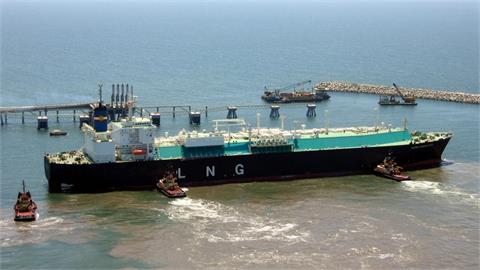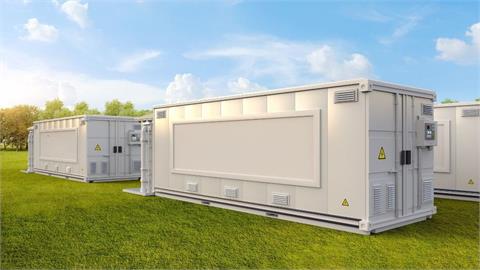Shell said Thursday it had reduced its expected 2015 capital expenditure
to $33 billion from previous guidance of a little more than $35 billion
as the company continues to adjust its business to the lower oil-price
environment.
Shell, releasing its first-quarter results, also
said it continued to reduce its operating costs and capital spending,
with Q1 operating expenditure down by $1.1 billion year on year.
Speaking
to reporters on a conference call, CFO Simon Henry said the capex this
year would be $33 billion, or "potentially less," a reduction of at
least $2 billion compared with guidance given by Shell three months ago.
Then, CEO Ben van Beurden said capex would be flat or slightly less than the $35.3 billion spent in 2014.
Henry
said that it had highlighted a number of projects where Shell could
reduce its financial exposure, including the Majnoon project in Iraq and
Carmon Creek in Canada.
"We have pushed out the Majnoon decision
into 2017 or later," Henry said, referring to a plan to implement full
field development at the southern Iraqi project.
Shell has been
in discussions with the Iraqi government over the full-field development
plan for Majnoon for some time as they look to agree on what the future
plateau target for the field would be.
Iraq said late last year
it had provisionally agreed with Shell to reduce the plateau production
target for Majnoon to 1 million b/d from 1.8 million b/d.
But with Henry's comment Thursday any further development of the field does not seem imminent.
Majnoon,
which currently produces around 210,000 b/d, is one of the last major
southern oil fields yet to agree a revised production target.
Henry
also said Shell was looking to rephase the Carmon Creek thermal in situ
project in Canada and cut spending on unconventional projects in North
America.
"We are looking to optimize design [at Carmon Creek] to bring costs down," Henry said.
Price outlook
Shell
said it was deferring and reshaping new projects in a bid to achieve
further efficiencies and savings in the global supply chain given the
lower oil price.
Henry said there would likely be continued price volatility in the short term, saying: "Prices could go up, they could go down."
But,
he said, Shell was confident that oil market fundamentals would reset
in time and that the marginal cost of production would not fall to $50/b
or below.
Shell has also been offloading assets in recent years,
but Henry said it was becoming "more difficult to divest" and that any
further selloffs in 2015 in the upstream would not be "that material."
Downstream asset sales are likely to continue through 2015, however, he said.
Shell's
production dipped by 2% in Q1, and the company also said it expected
second-quarter maintenance at operations at its Pearl gas-to-liquids
plant in Qatar, in the deepwater Gulf of Mexico and heavy oil in Canada
to cost the company some 140,000 b/d of oil equivalent compared with the
same period last year.
One of the two trains at the 140,000 b/d
capacity Pearl GTL facility was shut down in late February for
maintenance and only restarted in early April.
Shell said it also
expects to lose 160,000 boe/d due to divestments and a further 100,000
boe/d on limits to gas reinjection in the Netherlands in the April-June
period.
In Q1, total oil and gas production was 3.17 million boe/d compared with 3.25 million boe/d a year ago, Shell said.
Liquids production increased by 4%, but gas output dropped by 8% compared with the first quarter of 2014.
Shell
said new startups and project rampups contributed around 137,000 boe/d.
These included Bonga NW in Nigeria, Gumusut Kakap in Malaysia, and Mars
B and Cardamom in the Gulf of Mexico.
Equity sales of LNG of
6.17 million mt were 1% higher than in the same quarter a year ago,
reflecting better operational performance, partly offset by the impact
of the divestment of its stake in Australia's Woodside.
Shell is set to become much bigger in LNG after it completes the acquisition of the UK's BG Group, announced earlier this month.
Downstream downturn?
Like its peers BP and Total, Shell enjoyed a good downstream performance in the first quarter.
This,
Henry said, was due in part to some short-term external factors such as
upsets at refineries in North America and maintenance work in Europe.
But, he said, the improved margins may not last.
"They are probably already running down in April," Henry said.
He
added that overacpacity was still an issue, not least with new plant
coming on stream in the Middle East targeting export markets in Europe
and the Asia-Pacific region.
"We are already seeing lower margins," he said.
Shell
also said that as a result of asset sales in Australia and Italy,
refining capacity is expected to reduce by 120,000 b/d in the second
quarter compared with the same period of 2014.
It added that
refinery availability was expected to decline in the second quarter 2015
as a result of increased planned maintenance compared to the same
period a year ago.
Related content
Friday, 07 February 2025
Friday, 07 February 2025
Wednesday, 05 February 2025
Wednesday, 05 February 2025



